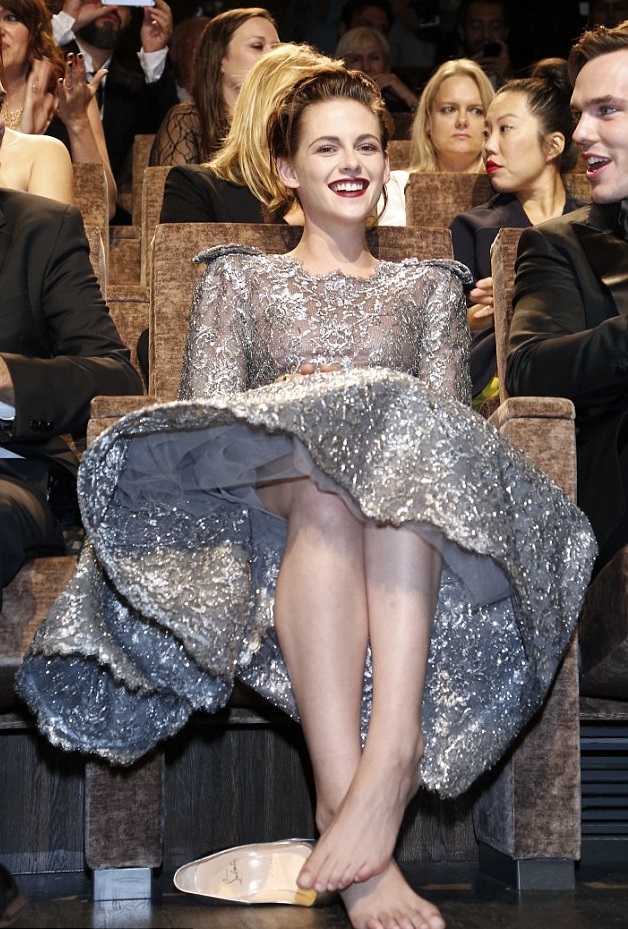Come Swim - the Premier at Sundance
FOR STUDENTS
Paper tells readers about neural style while directorial debut in life of Twilight actress. She is going to show her premier at Sundance Film Festival. While Kristen fans falling in love with Twilights, she is infatuated with education, she recently wrote a paper on machine learning. Our essay writer can help you with your academic paper, essay and dissertation.

Come Swim – her premier, which she is going to present on Sundance Film Festival. In the center of her experiment stand using an app Prisma for directing purpose and film making, the idea is about neural style transferring normal image into impressionist. In her scientific paper she describes how the process is going on in a fact. It is co-bylined with Adobe scientific paper of engineer Bhautik J. Joshi and famous producer David Shapiro. The work has been placed on ArXiv and Cornell University where are papers that are not peer-reviewed.
Come Swim presents itself a day of a man in a “half realist, half impressionist portraits”, you can also watch a teaser video and how the surreal style represented by the creator that is how source of authoritative information explains that.
“My movie is about some guy who goes through heartbreak and is super sad about it, and that was my friend thing I was thinking about for three years. And it feels really first-world white-people problems, and I came here a little bit nervous about it, considering the timing, because people are going to be like, ‘That doesn’t matter,’ ” Kristen says. “But I feel like things are going to shift in this really beautiful way.”
A kind of a repetition process outlines to show the technical process the feel of the painting on-screen.
The painting describes the feelings of individual the first moments he is awoken, being in-between dreaming and reality, this skill investigated in the introductory and final scenes where this technique used. This leads public to pay attention the emotions we would like to evoke as a plan and getting use of more conventional techniques in the 2D composing stage.
Moreover this academic paper has had already get high feedbacks from academic community.


